Calibration checks of vibration Probe, extension cable and vibration monitor
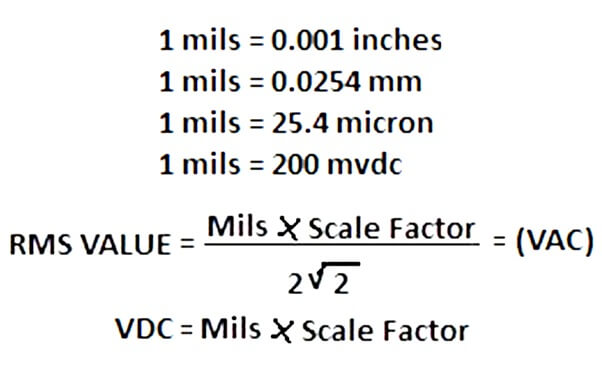
Calibration Procedure:
1. Physical check of vibration probe and extension cable for any damages, if it is please replaced with same one.
2. Check resistance of vibration probe and continuity of extension cable it should be 5 to 9Ω and 5 to 20 Ω
3. Use below equation and get reading for calibration of vibration probe.
4. Connect test equipment.
5. Adjust the spindle micrometer on the TK-3 test and calibration kit shown 0.51 mm (20 mils) (0.0254mm=1mils).
6. Insert the probe in to the TK-3 probe holder adjust the probe in the holder until the digital multimeter shows -3.00 ±0.10 VDC.
7. Adjust the micrometer to 0.20mm (8 mils) indication and the back it out again to the 0.25mm (10 mils) indication backless in the micrometer forced the o/p voltage and record it.
8. Increase the gap in 0.25 (10mils) increment by adjusting the micrometer record the voltage indication at each increment.
9. For each gap increment subtract the voltage at the high gap from the voltage at the low gap divide the result by in a system incremental scale factor of 7.87 ±0.79 v/mm (200 mv ±20 mv/mils).
10. Subtract the 0.25 mm (10 mils) voltage (-5 vdc) from the 2.28 mm (90 mils) (11 vdc) and divided by 2.03mm (80 mils). The result should ina system average scale factor (ASF) of 7.87 ±0.43 v/mm (200 mv ±11 mv/mils).
Author: D.Chakraborty
Read Next:
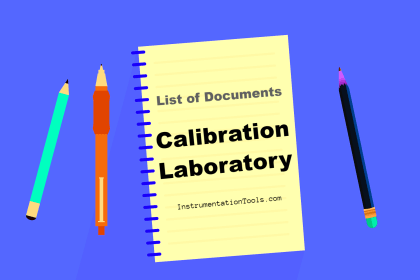

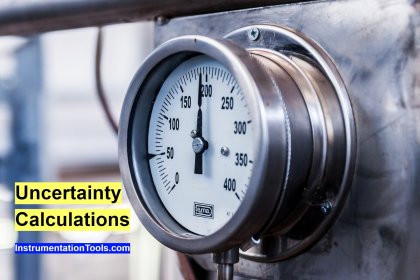
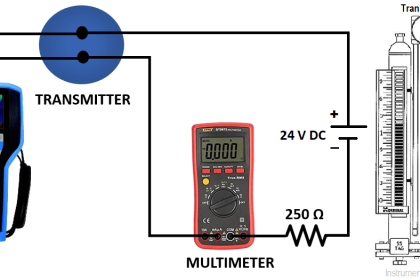
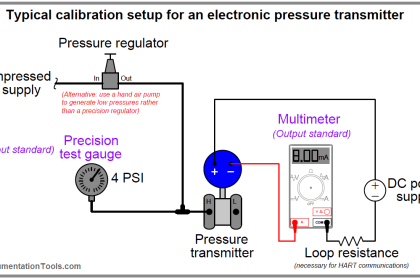
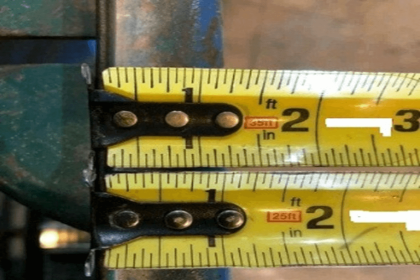
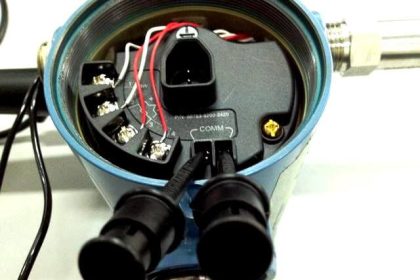

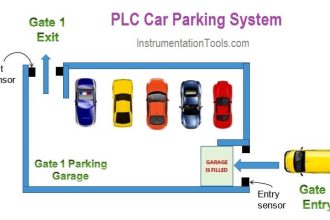


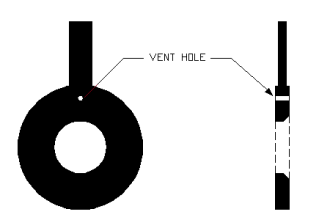
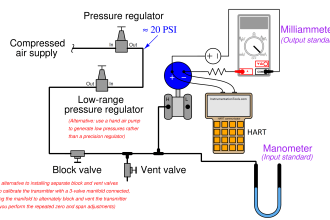
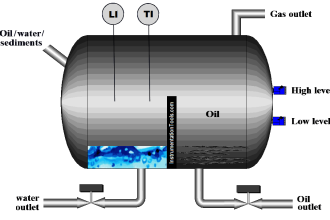
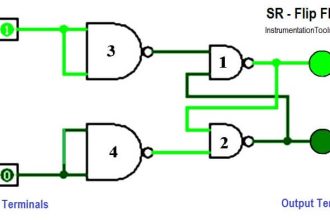

Hello, I enjoy reading all of your articles. I like to write a little comment to support you.
Hi i am Asim i want to say that if you can add video on it student can Learn much easier
Hello Asim, You are right, But Videos takes lot of time and its difficult for me to spend more time.
buddy, you have explained everything with such a simplicity that even a guy who is not from this field can understand. i really enjoyed reading all your articles also i had recommended this site to my friends who are new in instrumentation and have lots of queries about working of instrumentation. thanks for putting lots of effort. god bless you
Very good explained .. i very like this site .thank you ….
What is the scale factor
How to calculate the values
sir, can you please explain wouplater in tk3 with probe calibration. as you said the supply voltage is -24vdc,whether the output also will be in negative voltage please reply
how i set key phasor in turbine
It can be set same as radial probe with the electrical voltage gap -8 VDC to -12VDC. But first you make sure that the notch/ grove on shaft should not in front of probe tip.
Dear sir, thank u for ur
good explanation and procedure for vibration sensor calobration
It is very clearly explain
very useful for vibration calibration techs…
Dear all;
Please, can you explain me extension cable length, proximitor length and prob length.
[email protected]
Regards
Sir I m u r fan,one question. In para 3 u tell adjust 3v for 20mile & para 10, 5 v for 10mile how.voltage less than 3v.plese explain.thanks
In para 3 u tell adjust 3 v for 20 mile,para 10,10mile get5v how sir
valuable information, can you give some vendors that produce vibration test equipment.
Sir
If during loop checking how can I calculated. I can measure out value of transducer in MVac. How can I calculated or concert this MVac to mils what formula we can use. So kindly request you please explain my doubts…
Thanks
Tinu Mathew
why the output of the average scale factor is 7.87v/mm.. why not above or below… is that any calculation behind the value..?
Standard 9 meter
System
7.87 V/mm (200 mV/mil) ± 6.5%
including interchangeability error
when measured in increments of
0.25 mm (10 mils) over the 80 mil
linear range from 0 °C to +45 °C
(+32 °F to +113 °F).